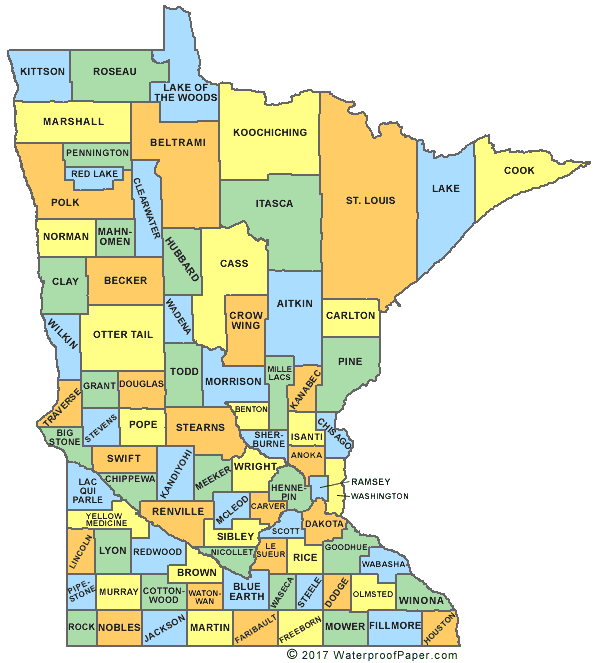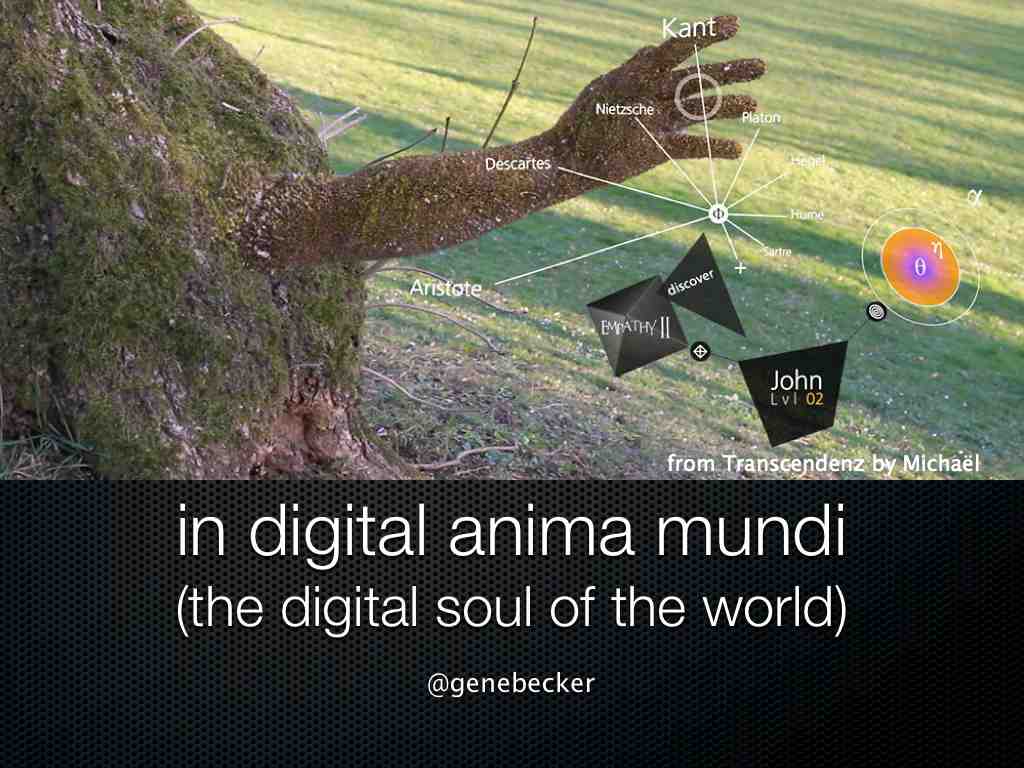If, when using the camera and microphone of my future AR-assisted display, I were to record an experience including a conversation, where is the line between what is yours and what is mine? Or if I had my personal cultural assistant operating while visiting a gallery or my digital shopping assistant in a store. What parts of the data belong to the museum or the retail merchant?
In the past 6 months there's been a lot of attention paid in the media to subjects of personal privacy (and personal data protection) and the use of Project Glass. No, Glass isn't AR. But Glass has enough in common with products that do (and will) provide AR features that we can use this post by Robert Scoble as an example of what the dialog is and will be around.
We've probably all read articles like this one and had discussions with people about how to manage personal privacy when sensors are always (or almost always) on. Scoble is of the opinion that privacy advocates sounding the alarm now will look like fools in a year's time.
I don't think it's that simple. Sure, there are already laws to protect personal privacy. In California, it's illegal to record another person's voice without consent or to capture video or photos where there is an expectation of privacy. I'm told that there will be ways address concerns with on-device (on display) software and/or hardware (e.g., Glass' projector light is on when you are recording, a flap over your camera). I'd like to learn about approaches to address and control privacy that might be more discreet and more reliable, or that would work without relying on the manufacturer of the device, perhaps using cloud-based services.
These still don't get to the question of the law. I'm going to be giving a presentation to an association of Law Librarians tomorrow during which I will raise this question of capture in public spaces. Although the managers of law libraries don't themselves argue cases of this type, they might know of precedent. I look forward to an interesting dialog about the direction of change and how those who manage public spaces will address this delicate subject in the future.
When there is precedent in the public parts of our lives, we will all be wiser about where to draw the line in our personal spaces.










